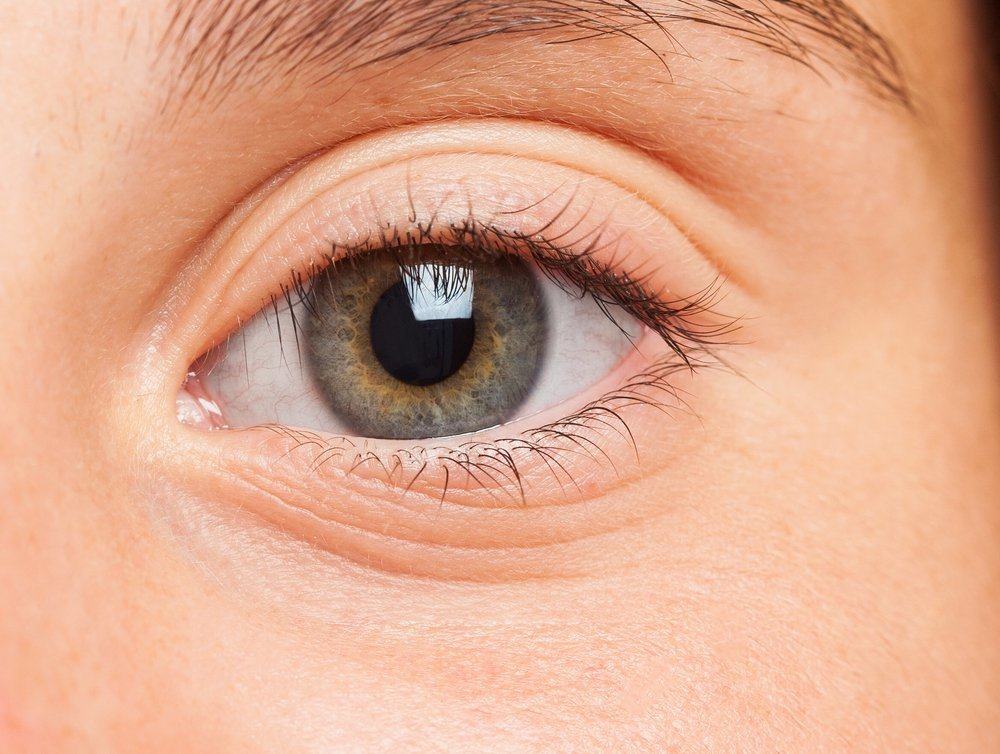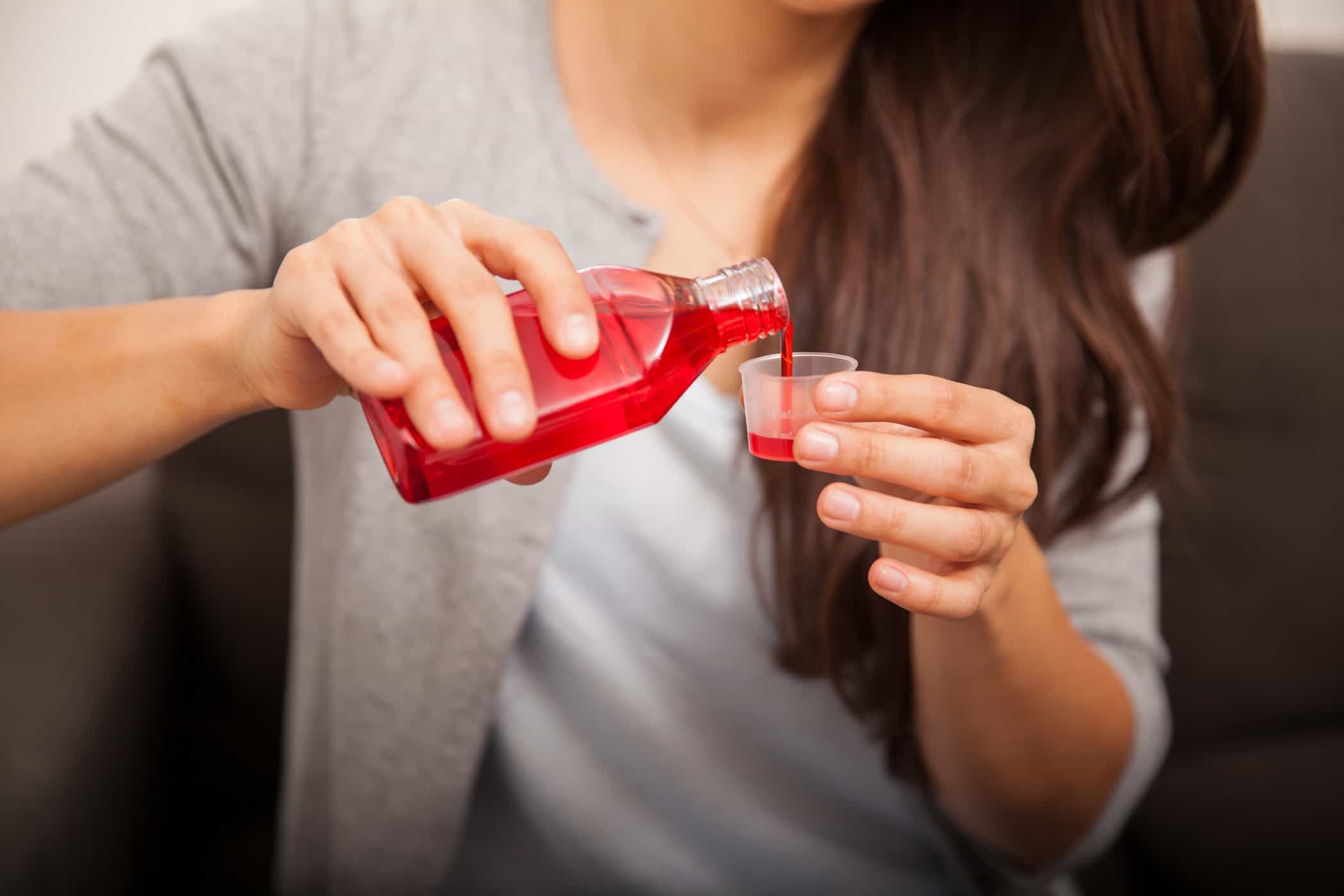Contents:
Medical Video: Acne Prone Skin Care : How Do I Peel Skin With Salicylic Acid
As the largest organ, the skin has a variety of functions. The skin protects the organ systems in the body, regulates body temperature, as a sense of touch that helps us feel pleasant stimulation or pain, while also functioning as a shield that protects from the harmful effects of UV radiation.
Sometimes, we see skin peeling suddenly. Why does this happen, and is exfoliation dangerous?
Why does the skin peel off?
Because of its function as a protector, the skin must have a healing action plan for when you are injured. This process is basically the regeneration of dead skin cells, to be replaced with healthier skin cells. But, cells in the upper layers of the skin constantly renew themselves even when no danger is detected. This is the process.
Your skin consists of several layers. The top layer that you can see is called the epidermis. The epidermis consists of cells made of keratin. When keratin reaches the top layer of the epidermis, the keratin will age and slowly "wither" due to exposure to weather and the outside environment. Finally, the skin cells break away from the epidermis and peel off, giving rise to young skin cells that grow underneath.
It takes about one month for new skin cells to completely replace dead skin cells. That is, the skin you have a month from now will be completely different from your current skin.
How many skins are peeled off every year?
If you are wondering how much exactly the skin cells are peeling off, be prepared to be surprised. Experts estimate 16 percent of your body weight comes from the skin. During a 24 hour period, you lose almost one million skin cells. Within a year, the amount of dead skin peeling off your body can reach 4 kilograms. These skins peel in the form of super fine flakes, which are the main components of house dust that you normally see piled up on the table surface to shutters.
On the other hand, flaking skin can also indicate skin irritation due to drug side effects, skin diseases or conditions that you may have - from dry skin, psoriasis, allergies, bacterial and fungal infections, cancer and its treatment, to rare genetic diseases. Peeling skin is also a sign of the usual damage caused by sunburn or dry face care products.
How to treat flaky skin?
Regardless of the cause, no one likes the look of flaking skin that is scaly and feels rough. Even though you can't stop the process once the skin has already been peeled off, you can improve your scaly skin with some easy home care to get back to soft, radiant, smooth skin.
1. Compress cold water
Moisten clean cloth with cold water until saturated. Squeeze the cloth so that the water doesn't drip much. Place the cloth over the area of the peeling skin. Avoid rubbing hard. Leave the cloth on the skin for five to 10 minutes to cool the skin. After that, rinse the cloth with cold water and compress it again as needed.
2. Smear milk, oatmeal porridge, or white vinegar
White vinegar can relieve pain and redness in the area of the skin peeling, and prevent exfoliation from getting worse. Apply thin white vinegar directly on the area of the peeling skin
Milk can cool back the dry peeling skin. Compress the peeling skin with cold milk, leave for 10 minutes. Lactic acid in milk will help remove dead skin debris and remove redness on the skin, while the lipid content will moisturize the skin.
Alternatively, use cold oatmeal porridge as a scrub, and let stand for 10 minutes. Rinse thoroughly with cold water. Oatmeal can moisturize, repair and protect skin with anti-inflammatory properties.
3. Apply a moisturizing lotion
Frequently use skin moisturizing lotions, especially in areas that are peeling. Also apply an important sunscreen to keep the skin moist and protected from the sun. But avoid perfumed moisturizers, and choose products that contain soothing ingredients, such as aloe vera and vitamin E.
4. Exfoliate
You can do exfoliation, but do it gently using a warm lukewarm cloth, once a day. It would be better if you wait until most of the skin has been peeled off. Simply rub the soft cloth gently on the area of the peeled skin with a little pressure. Do not rub too hard or use other polishing tools, such as loofah, because this can cause further damage. Repeat twice a day, if needed
5. Do not scratch or scratch
Avoid the temptation to scratch or tear the skin off. Scratching can worsen the condition and can cause infection. Use small scissors to trim neatly the dead skin that dangles off, do not clamp or forcefully pull out. Start applying a moisturizing lotion that contains mild alpha hydroxy acid to speed up the process of cell turnover and eliminate residual exfoliation.
READ ALSO:
- Sweating Too Often, Is It Dangerous?
- Is it true that a face cream from a dermatologist can make you addicted?
- Dry Skin Makes Itchy? Here's how to fix it











